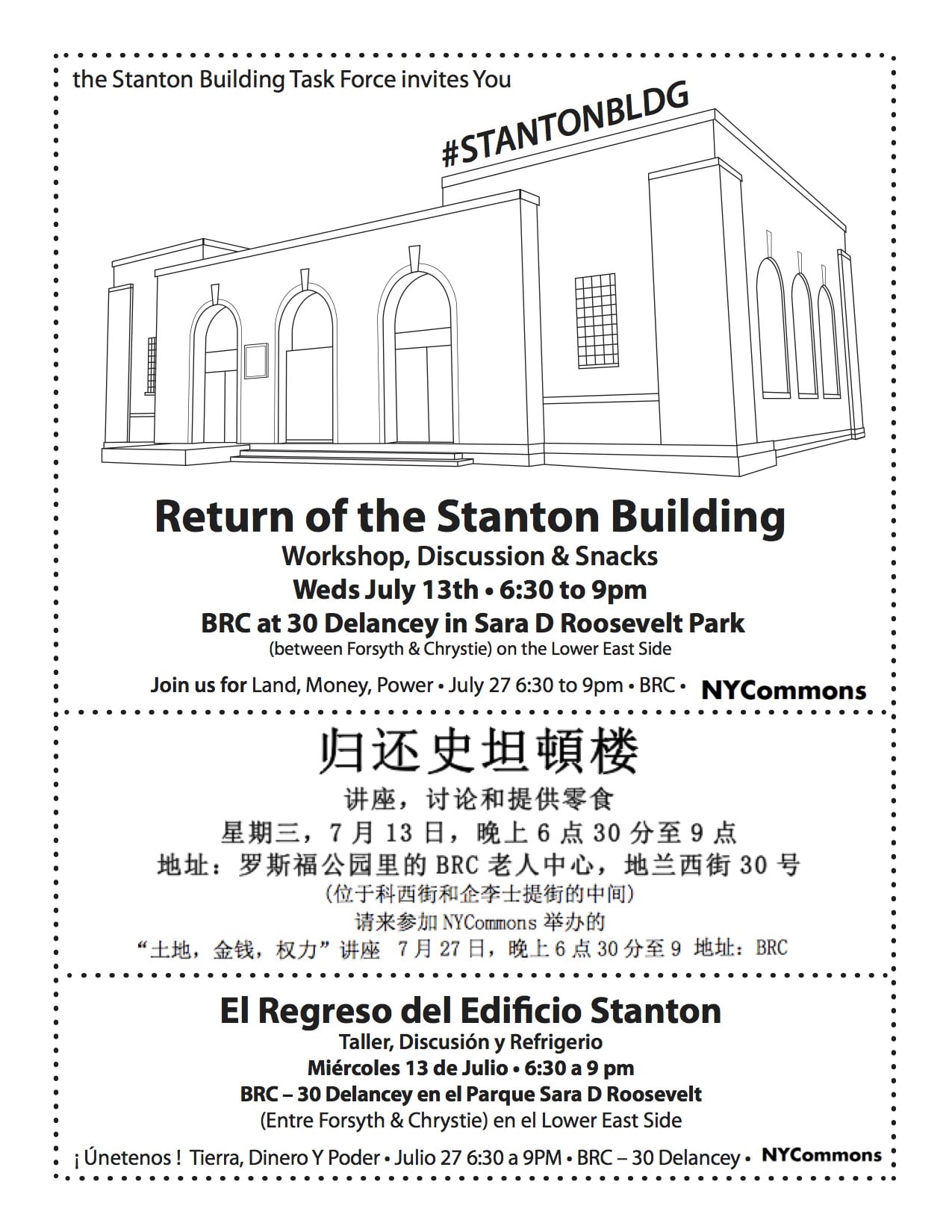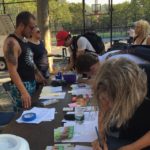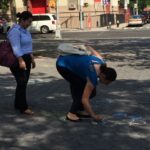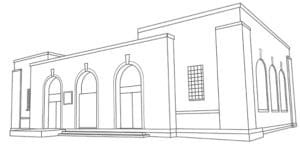Many thanks to the Park-going community and nearby neighbors who came out to give us your thinking on what you’d like to see here! A number of adults who grew up playing checkers and ping pong inside the building and using the woodshop (that used to be in the basement) came by to tell us they hoped their children could use the building some day too.
And a big thank you to all the volunteers who showed up in force to help:
Charles Krezell, Max, and all the teenagers from LUNGs summer internship program who worked hard in the heat to clear tree pits, mulch, weed, clear trash and plant and water the Pachysandra as well as work in the side beds.
Thank you to Kirsti Bambridge and James Morris for guiding the volunteers in the planting and for getting tools, T-shirts and gloves for the young people.
Thank you to Parks and Parks Manager Terese Flores who brought us mulch, checked in with us, had the trucks and cars moved for the day, and made sure PEP was nearby (and 5th Precinct).
Thank you to our interns for their invaluable help posting flyers and making sure surveys got out to the neighborhood, and for documenting us: Chyna, Eddie, Tony, Lee and Noel. You were all superb.
Bob Humber from M’Finda Kalunga Community Garden (and the Elizabeth Hubbard Memorial Garden) helped organize and supervise and let us borrow tables and chairs!
Aziz Dehkan of Gardens Rising and the NY City Community Gardening Association came by too (he’ll be visiting Baltimore soon).
Josh offered Bike Repair with The New York Mechanical Gardens Bike Co-op, Bee keepers came with fresh honey samples, the Zumba instructor came and the elders from University Settlement worked out (yes in this heat)!, The New Museum’s Annie Sultan stopped by to help and to distribute information on their exhibit “The Waiting Room” which has a series of “care sessions” (real hands-on care!) and brought the New Museum’s history of local artists, and Jina was on hand all day for sign language interpretation. Council Member Chin was represented as was Assembly Member Alice Cancel and Christopher Marte came by.
And 596 Acres brought their very informative exhibit “What Do We Do With Our Land”?
Wendy drew a lovely outline of the building so people could get a sense of the size of this space.
We had translations from Jin Xiu Chen and Kevin Tobar Pesantez and others…
Jennifer and Kevin and Katie and K did a lot of work too – and sweated….
University Settlement, Green Map System, and The Sara Roosevelt Park Community Coalition want to thank our partners at NYCommons for their help. And thank you to Susan Lerner who stopped by too!
Thanks to the press for coming out, seeing what we are doing, and letting others know!
Here are more photos of the day….





























